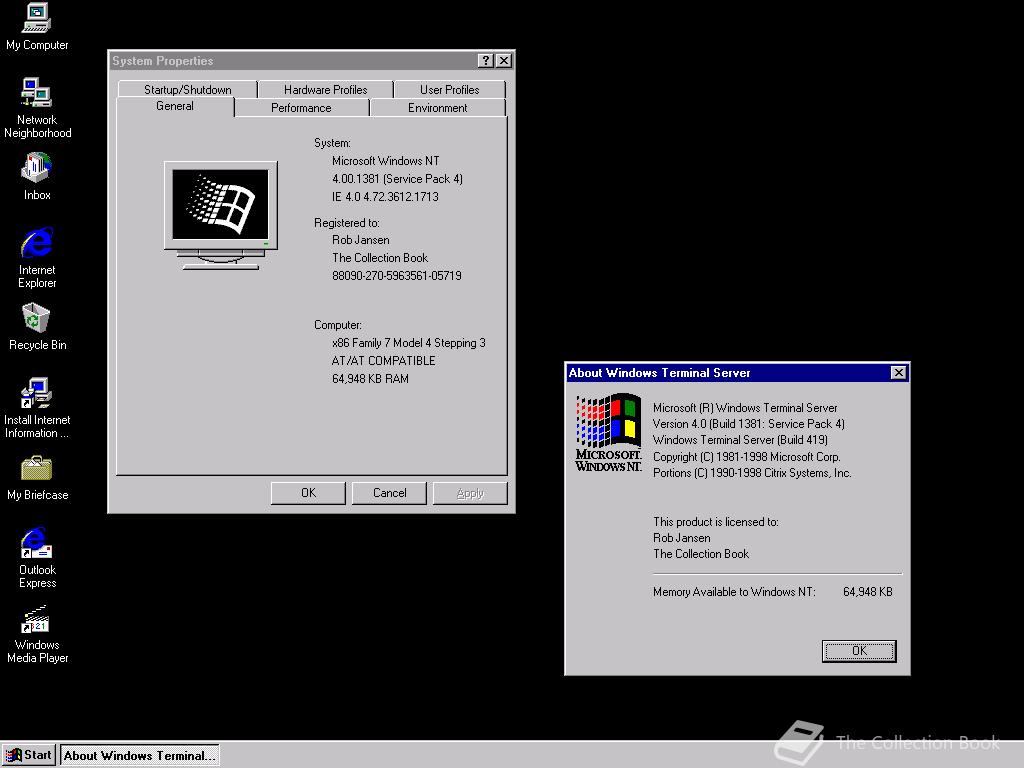

Splitting Microsoft Access Databases to Improve Performance and Simplify Maintainability. Their own copy of the front-end database installed under their profile. It's all being done on the Terminal Server machine with the local network bandwidth, and only the screen is refreshed as it changes.įor multi-user and scalable support, your Microsoft Access application should be a split database design where each user has Is particularly powerful for database applications such as Microsoft Access since you don't need to worry about installing Microsoft Access onĮach user's machine, making sure the right version of Access is loaded, whether the latest front-end database application is deployed, and the need to send large amounts of data Since multiple users are running your program on the same machine, your application needs to be multiuser friendly to avoid conflicts between users.įor instance, it should store any temporary files in the user (profile) based location, update registry entries in the HKEY_CURRENT_USER (not HKEY_LOCAL_MACHINE) section, etc. Over Terminal Server and have it print reports on their local printer. Printing also occurs locally, so a user can run an application Only screen refreshes are sent over the Internet so itįeels like you're running the application locally but it's all happening on the server. Need to install any programs on their machine and none of the data streams across the internet. With Terminal Server, a user can experience running a desktop over the internet with the Windows Remote Desktop Connection feature. Properly protected within the confines of a network firewall. In either case, it is always best to ensure that your Terminal Server is The ability to connect with their VPN (Virtual Private Network) connections. The Terminal Server can be setup withĪ publicly assessable IP address or it can be configured using a private IP address (obtained from a DHCP host) in order to enable your end users with A Terminal Server authenticates the userĬonnections against the Active Directly list of users of groups that are maintained by your domain controller. Concurrent connections (depending upon the number of CALS you have) are possible. A Terminal Server virtualizes an actual Windows desktop environment experience using a Remote Desktop Protocol (RDP) session created for each


 0 kommentar(er)
0 kommentar(er)
